What to eat in Amsterdam: A local’s guide
In a lot of countries we’ve been to, we’ve stumbled upon local food at just about every street corner. Pizza and pasta in Italy, pho and fresh spring rolls in Vietnam, pad thai in Thailand. In The Netherlands you may want to find out what to eat in Amsterdam however, you have to try your best to find some local cuisine (aka ‘de Hollandse pot’), especially for dinner. Of course, most tourists want to sample some local food and there’s more to it than just dinner. So, where can you try this elusive ‘real Dutch food’ in Amsterdam? Check out these local recommendations.

The Dutch have a saying ‘doe maar gewoon, dan doe je al gek genoeg’ (literal translation: if you act normal, you’re acting crazy enough). It think this, in combination with Dutch frugality (ever heard of Dutch treat?), is why we don’t really have a culture of eating out for dinner. It’s changing with the younger generation, but in general Dutch people only go to a restaurant for special occasions. And if we do go to a restaurant, we don’t want to eat the same food we normally eat at home.
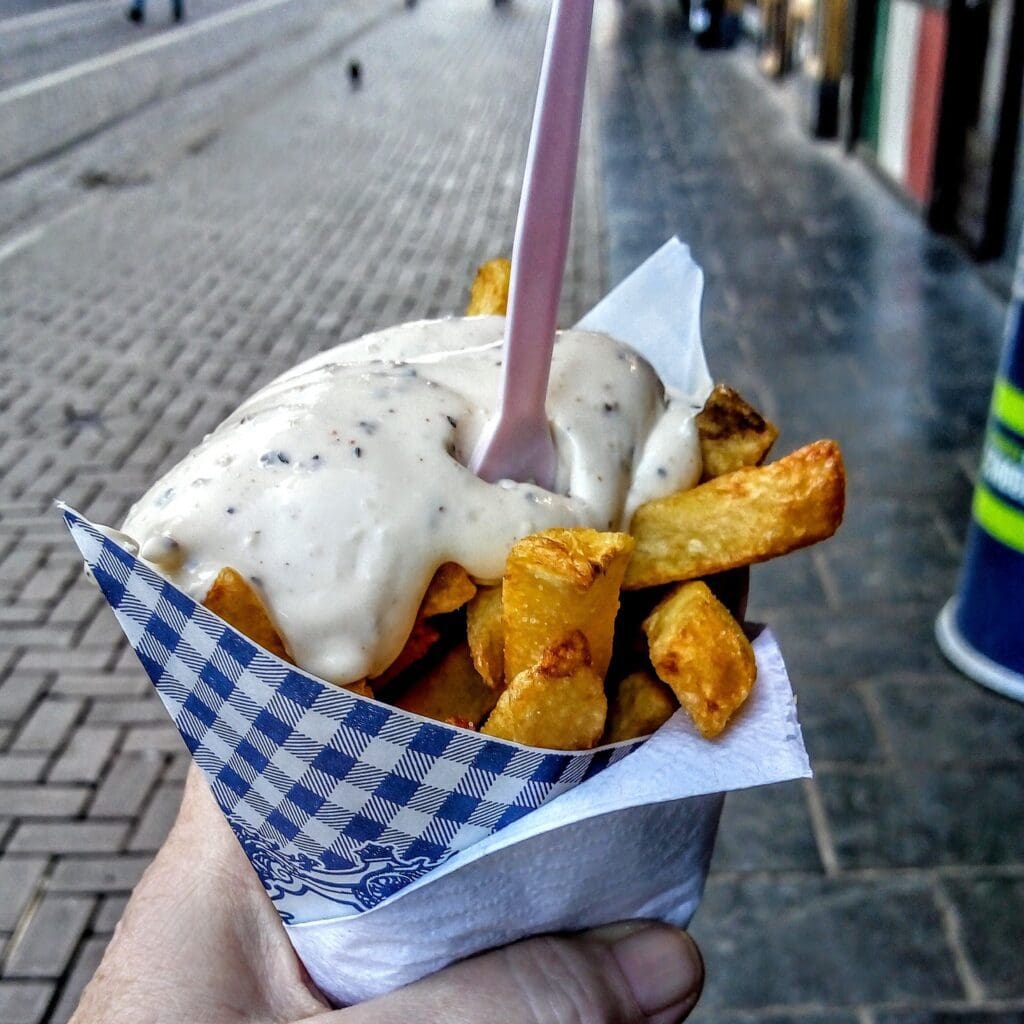
What is the most popular dutch food? Who doesn’t like piping hot chips or French fries from hand-cut potatoes? Then these steaming Amsterdam fries and mayo are served in a cone with a vast selection of sauces to choose from. The Dutch call them: ‘Friet’, ‘Frites’, ‘Patat’ or ‘Vlaamse frieten’.

These chips are cut quite thick (apparently Belgian style). The most popular sauce is called patatje oorlog or fries at war this is a combination of toppings including mayonnaise, raw onions and a peanut satay sauce. You can get curry sauces, hot sauces with sambal olek and my personal favourite a truffle mayo.
What is a traditional Dutch dinner?
Being Dutch I don’t think traditional Dutch dinners are anything special, but I guess Italians or Sri Lankans would feel the same about pizza or curry. A traditional Dutch evening meal consists of veggies, meat and potatoes (‘groente, vlees en aardappelen’). Nowadays we often eat baked or fried potatoes with a salad or stir-fry but in the old days, the veggies and potatoes were always boiled and served with gravy (‘jus’).
A variation of this is ‘stamppot’, where the potatoes are mashed and mixed with different kinds of veggies. Different types are ‘boerenkoolstamppot’ (with kale), ‘andijviestamppot’ (with endives), ‘zuurkoolstamppot’ (with sauerkraut) and ‘hutspot’ (with carrots and onions). Stamppot is usually served with Dutch smoked sausage (‘rookworst’) and gravy.
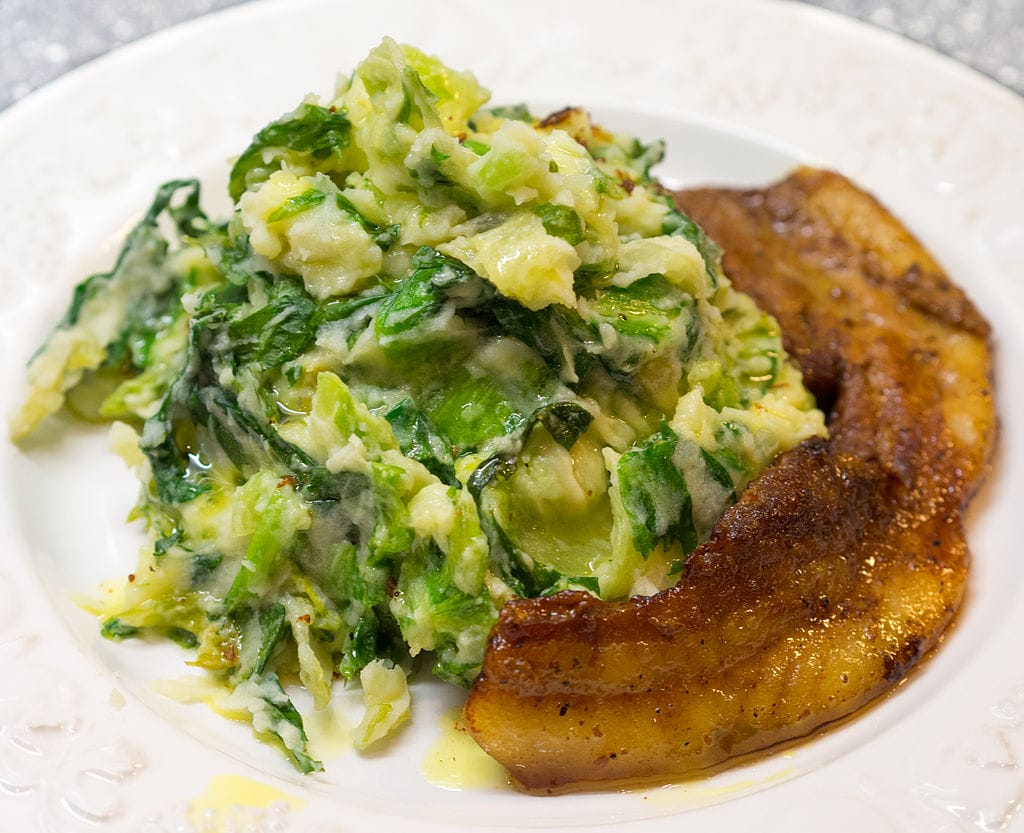
Traditionally it’s a winter dish, but clever food marketers have introduced the Zomer (summer) stamppot, with different types of lettuce or spinach. Another famous winter dish is erwtensoep. A lovely thick split pea soup with smoked sausage (‘rookworst’), often eaten with rye bread.
What to eat in Amsterdam and where to eat
You might think we Dutchies aren’t very proud or fond of our traditional evening meals, but I don’t think that’s the issue. There just isn’t much of a market for it, it’s too ‘normal’ for us. While in most cities or villages it’s not easy to find a restaurant that serves traditional Dutch dishes for dinner, it’s much less of an issue in Amsterdam and other large cities because of the lively tourist and ex-pat scene.

Among the many things to do in Amsterdam, it’s also an excellent place to try a typical Dutch dinner. Some restaurants that offer Dutch cuisine are Restaurant Moeders (Rozengracht 251), Restaurant Greetje (Peperstraat 23) and De Blauwe Hollander (Leidsekruisstraat 28).
Easy to find: savory and sweet Dutch snacks
A proper Dutch dinner might not be easy to find, but the good news is that real Dutch snacks are everywhere! You should at least try a famous kroket (deep-fried meat ragout snack) and patatje oorlog (literal translation: french fries war, with mayonnaise, peanut sauce and chopped raw onions).
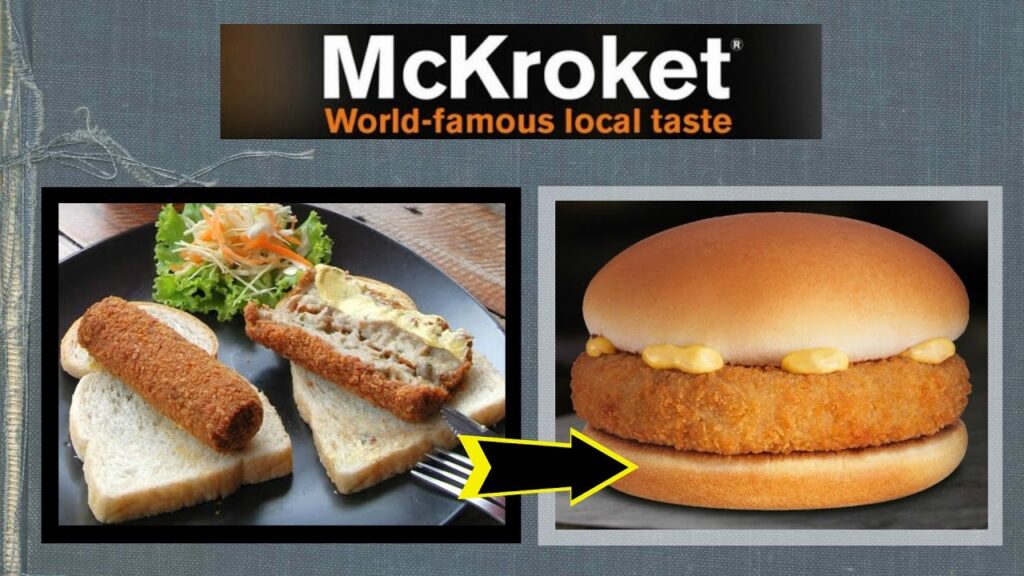
The ‘kroket’ is essentially a deep-fried meat roll, covered in breadcrumbs. The original Dutch ‘kroket’ is made from beef or veal, but these days there are many different flavours like chicken satay, shrimp, goulash or even a vegetarian ‘kroket’. Virtually every Dutch menu in the Netherlands will have a version of the Kroket on it.
You can find these deep-fried goodies at one of the many markets or at a ‘snack bar’, such as Febo or McDonald’s.
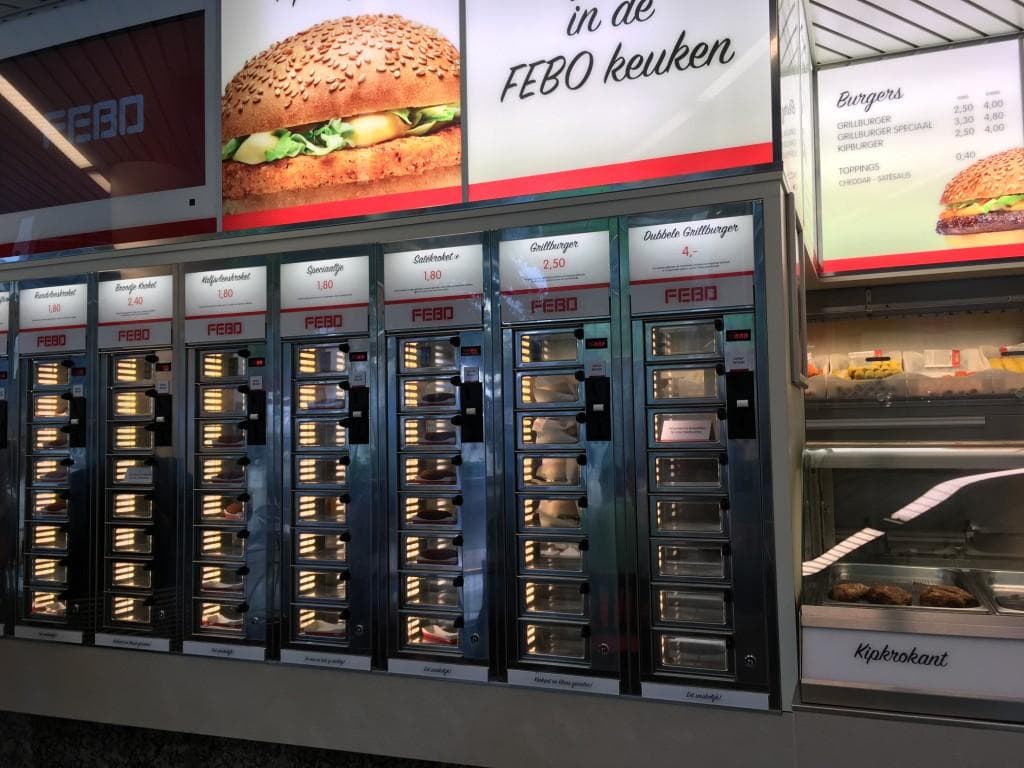
For most tourists, the snack vending machines they have at Febo are a novelty. Bitterballen are a small round version of the kroket. They are available in cafés and bars, the perfect snack to go with a beer.

We have some awesome sweet snacks too. When in The Netherlands you definitely have to taste a stroopwafel (2-layered cookie with sweet honey-like syrup in between) and some Dutch appeltaart met slagroom (apple pie with whipped cream). And of course, you have to try pannenkoeken!
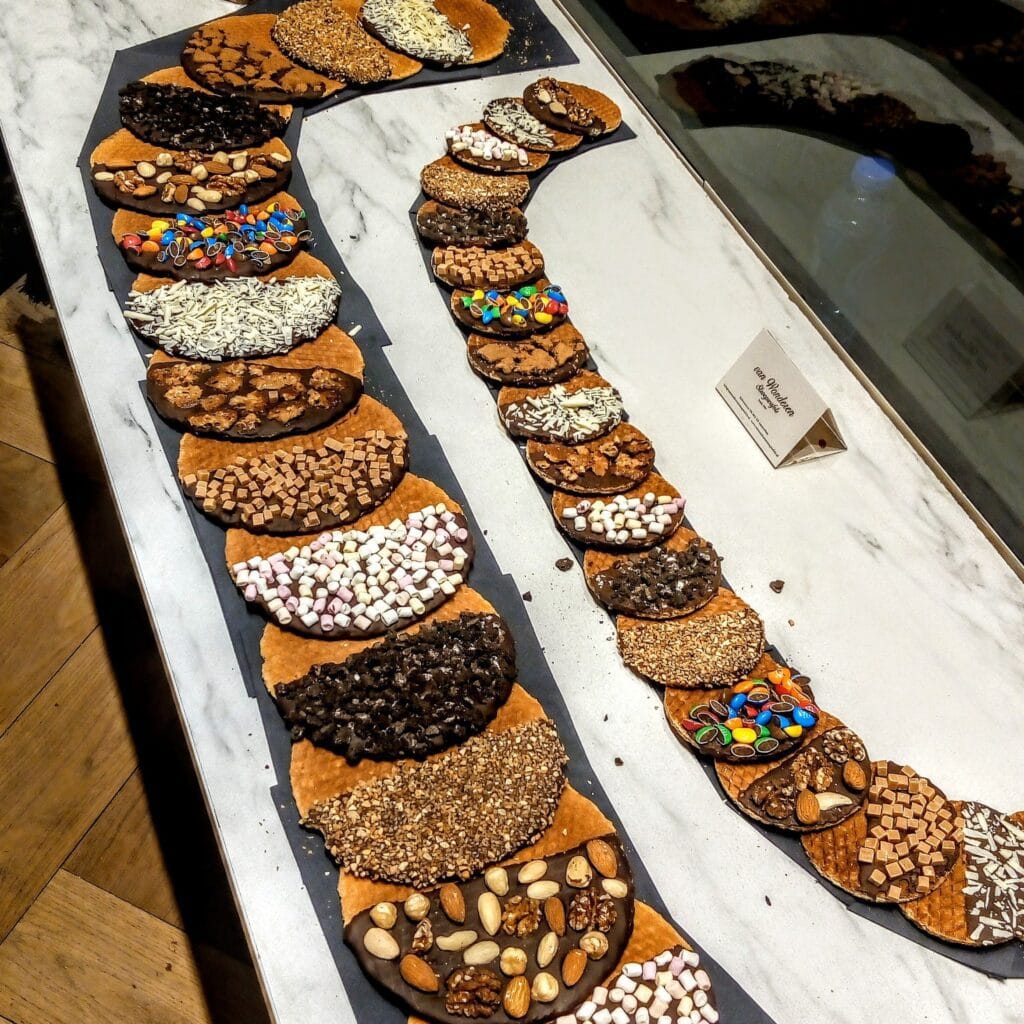
Eating Dutch pancakes in Amsterdam
A proper Dutch pancake or ‘pannenkoek’ is not as thin as a French crêpe, but thinner than an American pancake. It’s made with a batter that consists of milk, eggs and flour.
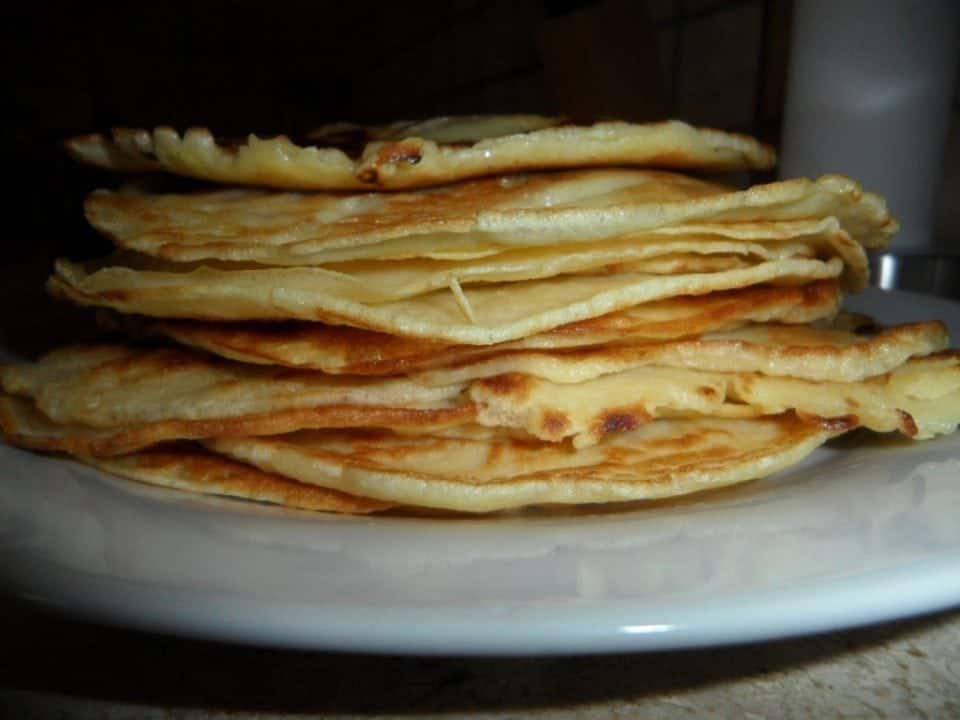
The miniature version of our pancakes are called ‘poffertjes’ and they’re also very tasty.
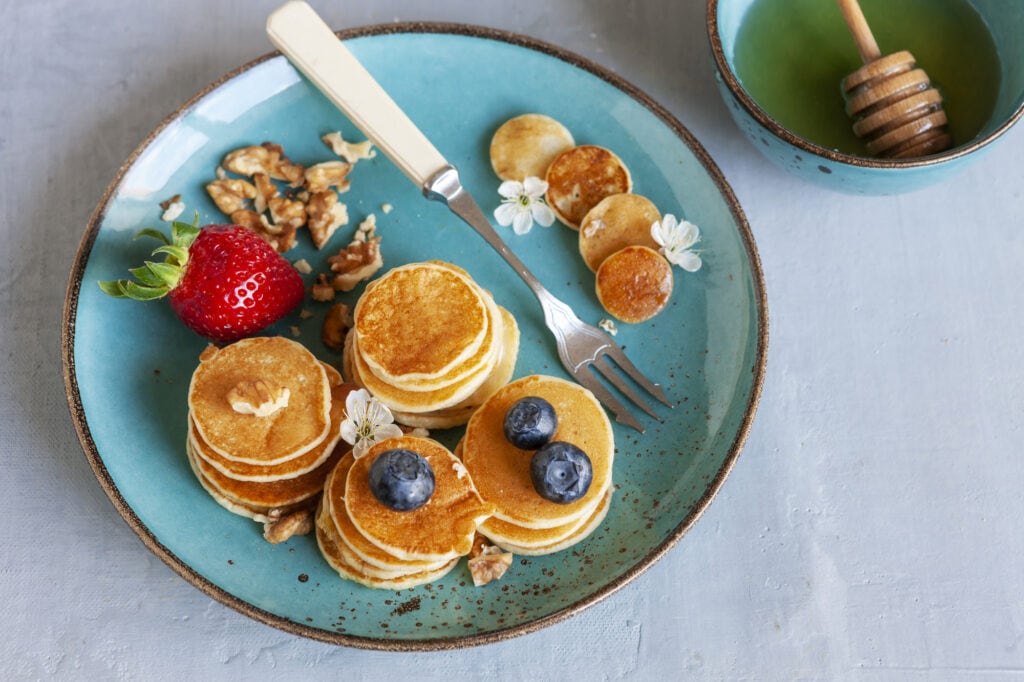
Where American pancakes are usually reserved for breakfast, we Dutch can have pancakes for any meal of the day, even dinner. Some great pancake restaurants in Amsterdam are Pancakehouse Upstairs (Grimburgwal 2), The Pancake Bakery (Prinsengracht 161), PANCAKES Amsterdam Negen Straatjes (Berenstraat 38) and Pannenkoekenhuis de Carrousel (Tweede Weteringplantsoen 1). Or, even more fun, you can do a pancake cruise! As many pancakes as you can eat, combined with a nice boat ride around Amsterdam. You will find the Pannenkoekenboot at the Ms. van Riemsdijkweg, next to the ferry.
Traditional raw fish
Since most of The Netherlands is below sea level and we have some major ports, it’s probably not a surprise that fish is among our traditional foods. If you like fish, definitely try ‘kibbeling’ (pieces of deep-fried cod fish in batter) and ‘Hollandse Nieuwe’ or ‘haring’.
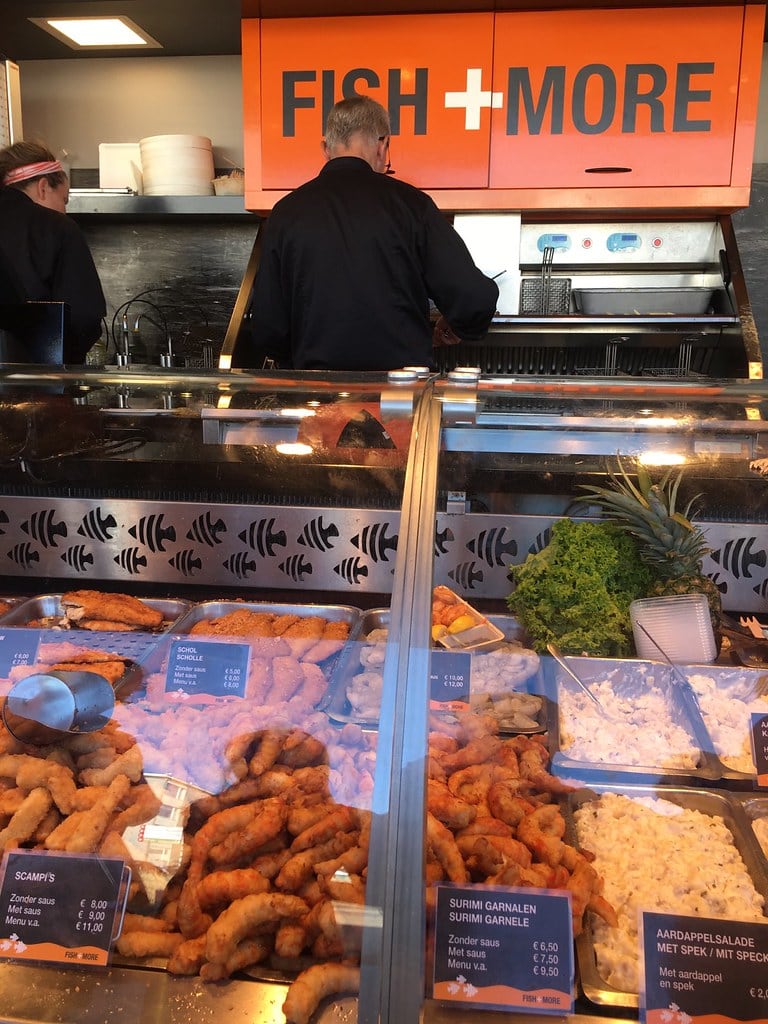
Dutch herring is usually served with chopped onions and gherkins. The traditional way to eat it is by dipping the fish in the onions and then holding the fish by the tail above your head to take a bite. Most Dutch prefer to eat it chopped to bite size pieces.
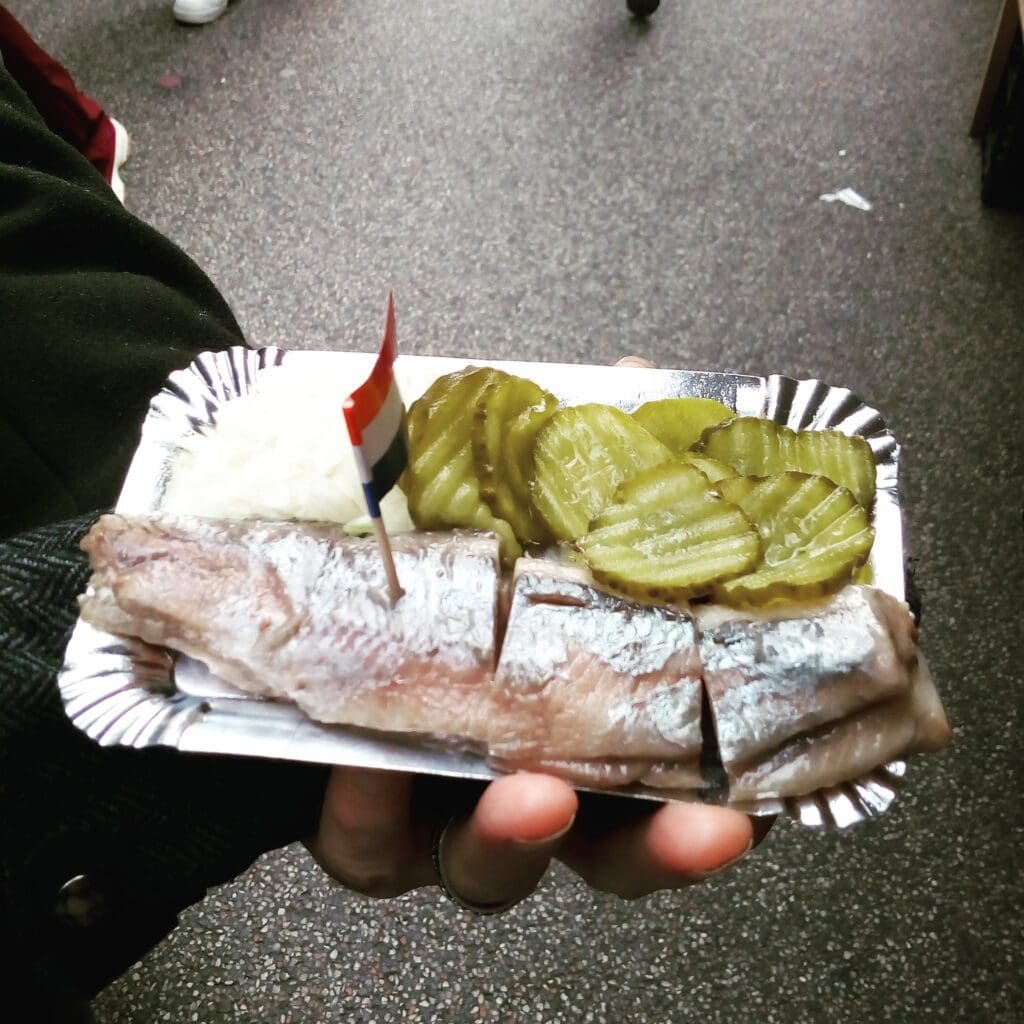
Cheese, clogs and windmills
Anybody who doesn’t have images of cheese, wooden shoes and windmills popping up in their head when they think of The Netherlands? No one? Well, there’s always some truth in stereotypes… While nobody but the occasional Dutch farmer wears wooden shoes, we do have windmills and we certainly have cheese. Lots of it.

According to Holland.com The Netherlands produce 650 million kilos of cheese (called ‘kaas’ in Dutch) per year and we eat 14,3 kilos per person per year. While you’re in The Netherlands you should definitely try some of our cheese. Just go to one of the many weekly markets or to a proper cheese shop where you can try different kinds before purchasing some. My personal favourite is ‘belegen’, but I also really like cheese with cumin (‘komijnekaas’).
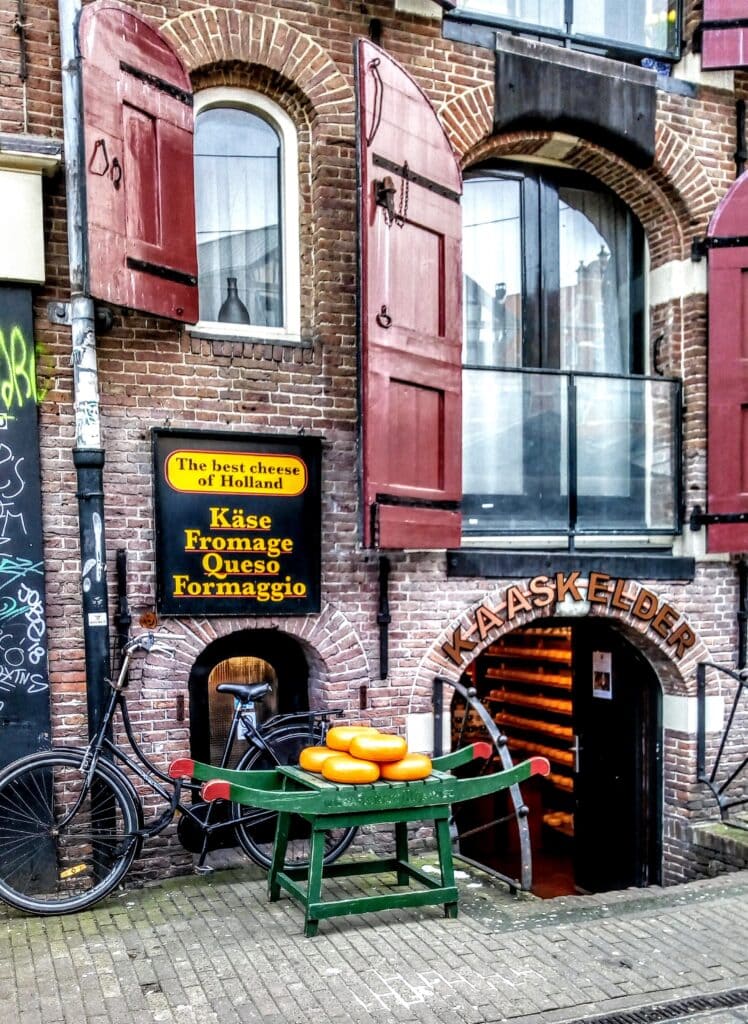
What to eat in Amsterdam – try one of our markets
Dutch markets are a great place to sample various foods. There’s usually a ‘patatkraam’, where they sell french fries and other deep-fried snacks, a stall with stroopwafels (the fresh ones from the market are the best!), a stall that sells cheese and one or more stalls with fish. You will also find some great foreign food at the market, such as deep-fried Vietnamese spring rolls and Turkish kebab.
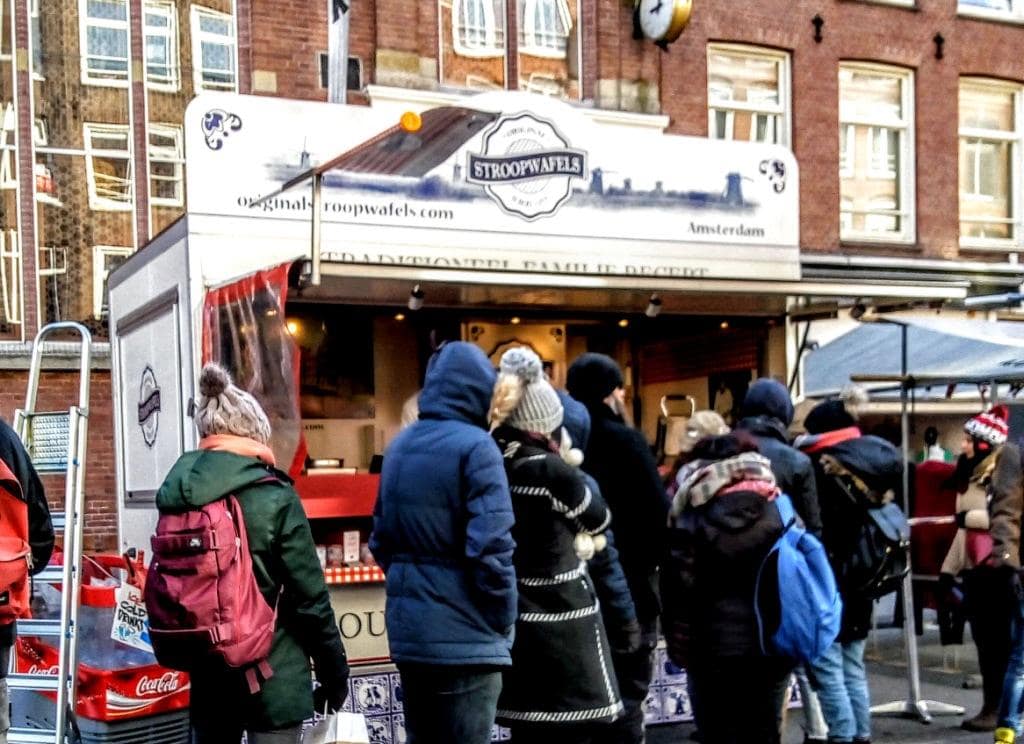
The Albert Cuypmarkt is the biggest outdoor market in Europe and here you can find anything and everything. This is where to go to get the best stroopwafels in Amsterdam. The Market originated in 1905 and is one of the favourite locations for locals, but also for tourists, students, day-trippers and entrepreneurs.
The Albert Cuyp Market is located in one of the most popular areas of Amsterdam. There is no marketplace like the Albert Cuyp Market. The market is open, six days per week, in the heart of the ‘de Pijp neighbourhood and is home to 260 market stalls. This makes the Albert Cuyp the biggest market in Europe!
De Hallen – Amsterdam
Home to the Filmhallen arthouse cinema complex, boutique hotel, independent creative outlets a weekly indoor craft market, and the fabulous FoodHallen this historic former tram depot has quickly become one of Amsterdam’s most popular cultural hotspots and said to be one of the best food halls in the world.

The absolutely brilliant Foodhallen; is an indoor food market lined with stalls of top-notch street food from some of Amsterdam’s most respected kitchens, as well as plentiful bars and seating areas.
Daily markets in Amsterdam
- Albert Cuyp markt (Albert Cuystraat 253), open Monday – Saturday 9:00-17:00
- Dappermarkt (Dapperstraat), open Monday – Saturday 9:00-17:00
- Ten Kate Markt (Ten Katestraat), open Monday – Saturday 9:00-17:00
Weekly markets in Amsterdam
- Boerenmarkt Haarlemmerplein, farmers market with organic products, Wednesday 10:00 – 17:00
- Markt Anton de Komplein, general market, Monday and Thursday 9:00 – 18:00
- Noordermarkt, organic products, Saturday 9:00 – 17:00
- Lindengracht markt, Saturday 9:00 – 17:00
Conclusion What to eat in Amsterdam
One small word of advice about cafes and coffee shops in Amsterdam. If you want a coffee or a place to sit and have a light lunch and a real coffee you need to find a Cafe. But if you head to Amsterdam to uncover the one-of-a-kind atmosphere of the best coffee shops in Amsterdam, these are cafes where you don’t eat or drink but smoke weed.
There are only a select number of restaurants in Amsterdam that sell ‘traditional Dutch food’ for dinner. They cater mostly to tourists and ex-pats. Luckily proper Dutch snacks are readily available everywhere. Kroket, patatje oorlog, stroopwafels, pannenkoeken, Dutch cheese, haring… to name just a few. Local markets are a great place to sample a few of these lovely snacks.
Pin it to save it

Lisa is a mother, travel enthusiast and blogger. Her cheeky ginger-haired son loves to explore the world with his mom and dad. From their hometown Haarlem, The Netherlands they explore the world, one country at a time. On their blog FlipFlopGlobetrotters.com they write about family travel, hoping to inspire other families to travel as well.

